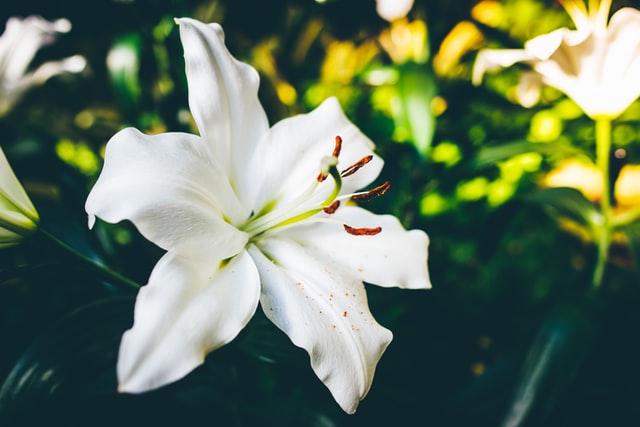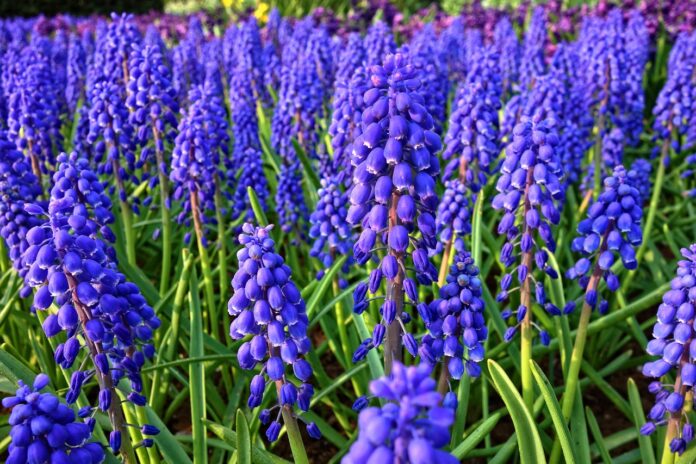We love bulbous flowers for massive blooming after the snow melts, because they are the first to inform us about the arrival of spring. These are the plants that can be recommended even to a novice gardener. If you know several simple rules and tips, most types of bulbous flowers are very easy to grow. Although they require some care, they will please you with a variety of shapes and colours. So, what is important to know to grow bulbous flowers — read below.
When to plant bulbous flowers?
There is no certain answer because it depends on the time of their flowering. On this basis, all bulbous flowers are divided into spring and summer flowering types.
1) Spring-blooming bulb flowers
This group includes many flowers that are called “snowdrops”, since they bloom very early, as soon as the snow melts. These are spring-flowering Crocuses, Scilla, Chionodoxa, Puschkinia, Muscari, Leucojum, and other small-bulbous plants. Also, the spring-flowering group includes species that bloom a little later, when the sun begins to actively warm up — these are Tulips of all their varieties, Daffodils, Hyacinthus, or bulbous Irises, and decorative Alliums. You can easily find these flower bulbs and plants online on dutch-bulbs.

Planting of spring-flowering species like tulips or hyacinths is better to do in autumn — in September or early October. Before flowering, they must take root and go through a dormant period. In spring, you can only choose a place for your future fall planting and find the species you want to see in your garden.
2) Summer-blooming bulb flowers
This group of plants includes Lilies, Lycoris, summer-flowering Camassia, Allium, etc. In some cases, it is possible to plant species with a later flowering period in early spring, having previously organized a cooling period for them. However, you need to understand that in this case we are using forcing methods, which means that the flowering of tulips and hyacinths will be shorter, and the bulb will be weaker.

3) Non-hibernating bulbous flowers
It should be said about the bulbous and corms that do not survive cold weather. These are such plants as Gladiolus, Tigridia, Ixia, and others. They are also planted in spring, and they bloom, as a rule, in late summer and autumn. This is because they need lots of sunny days to bloom. For this reason, some species may not have time to bloom in some areas until frost. The solution is early spring growing when the bulb is planted in a pot indoors, and when the threat of frost has passed, it is moved to the garden.
In Conclusion
After flowering, you need to take care of tulips. Bulbous plants need watering during the growing season and good drainage during the dormant period. Spring-blooming flowers can be additionally fertilized in autumn. However, you should be careful because bulbous plants also suffer from overfed. Good luck!







